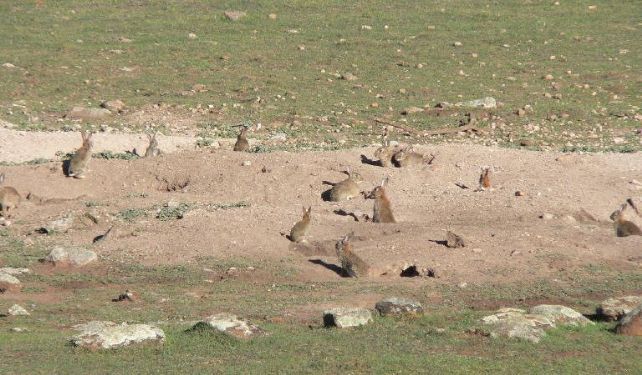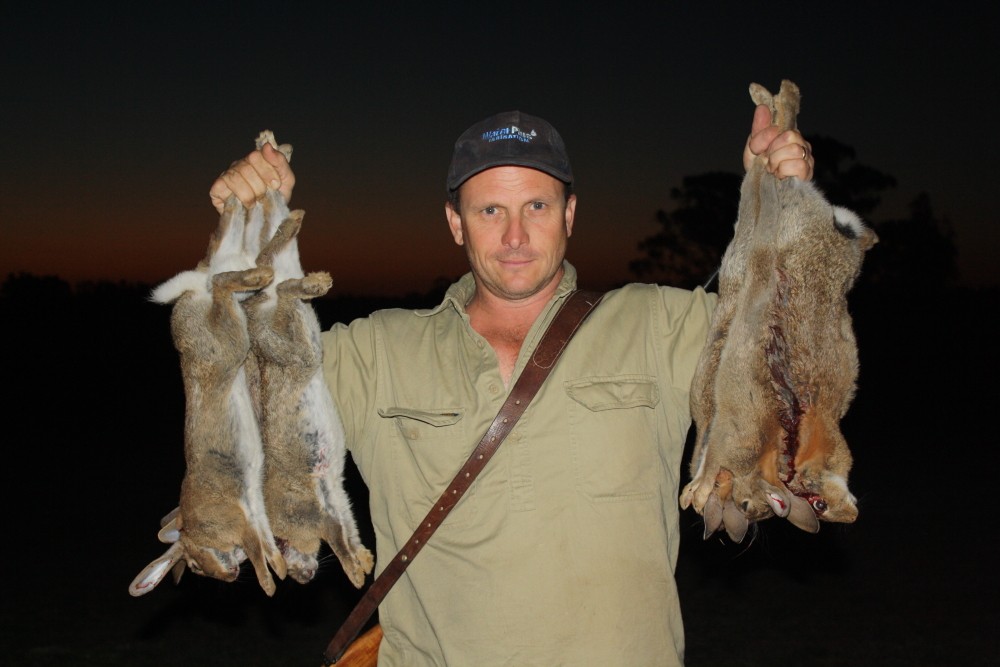
The report, Benefits of Rabbit Biocontrol in Australia by the Centre for Invasive Species Solutions CEO, Mr Andreas Glanznig, shows that the combined efforts of scientists, governments and land managers to control the pest have resulted in enormous benefits for primary producers and threatened species.
Rabbit numbers as we know them today are far different to what was witnessed in the 1950s; however they are still an issue for many farmers and can quickly breed to plague proportions and still cost Australian agriculture around $206 million every year.
Rabbits can begin reproducing at four months old, and in favourable conditions, may produce five or more litters year — that is, around 50‚Äí60 offspring every year.
A media release from theCenter for Invasive Species Solutions sharedMr Glanznig report and said “We need to be absolutely tenacious in keeping ahead of the rabbit’s ability to develop genetic resistance, because even small numbers of rabbits can have really negative impacts on native vegetation and animals including 322 nationally threatened species and nine ecological communities.

“We know that Mulga, for instance, are impacted by rabbits with densities as low as 1 rabbit per 100 hectares — that’s the equivalent of one rabbit per 90 rugby league playing fields.”
On the upside, long-term scientific monitoring has revealed that the release of rabbit haemorrhagic disease viruses is the single most important and cost-effective conversation action for small, threatened mammals in the southern arid zone, and a range of taxa and ecosystems in recent decades.
Mr Glanznig said, “In just one example, scientists have found that the abundance of small mammals in Australia’s arid zone — such as the Dusky Hopping-Mouse, the Spinifex Hopping Mouse, and the Plains Mouse — increased by 365 per cent with the arrival of the first rabbit haemorrhagic disease virus.”
“This shows that rabbit biocontrol is fundamental to protecting Australia’s globally important wildlife and threatened species, as well as generating benefits to agriculture worth several hundred million dollars every year.
“It is a technology that keeps on giving for our environment and primary industries.”
The Centre for Invasive Species Solutions is now working on the fourth phase of a long-term rabbit biocontrol pipeline strategy that is pursuing potential new biocontrol agents that include genetic biocontrol technologies, more efficient ways to monitor rabbit abundance impacts through new satellite imaging methodologies, and the use of artificial intelligence.
“A long-term strategic approach to rabbit biocontrol R&D will ensure that Australia is not pushed onto the back foot in managing one of our most costly vertebrate pests,” said Mr Glanznig.
With this in mind, there is no better way to introduce hunting to your children whilst reducing an introduced pest. It’s hard to beat sitting on a warren or log pile waiting for a rabbit to poke its head out.
0 Comments